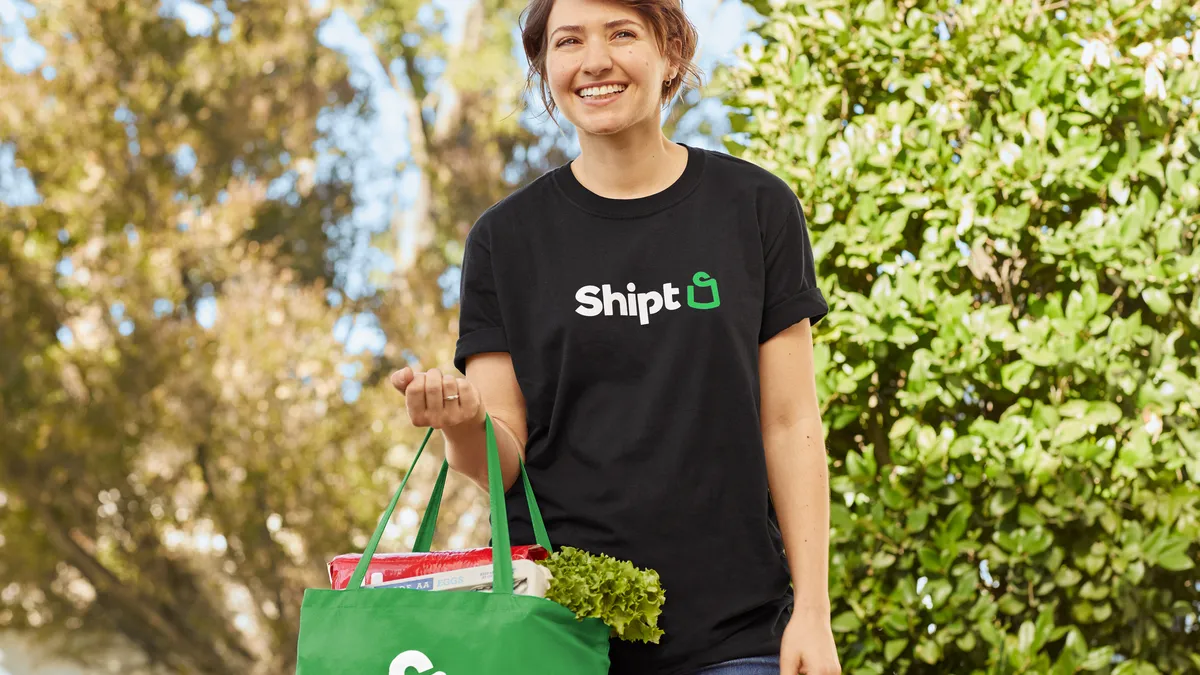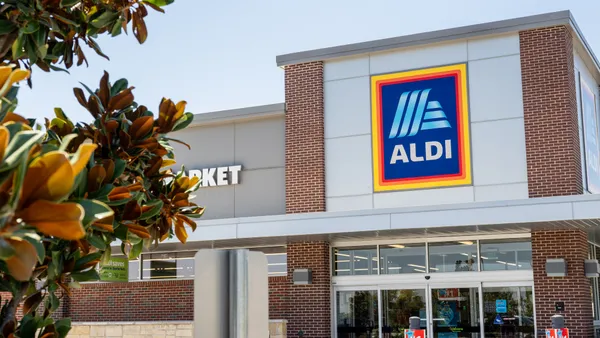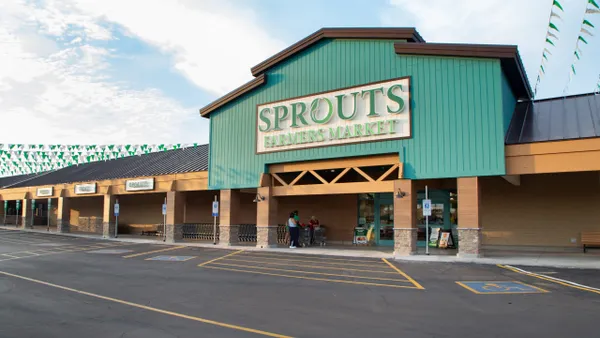Dive Brief:
- Results from a new Gallup poll indicate shoppers are becoming increasingly comfortable with restaurant takeout and delivery during the pandemic while interest in grocery delivery has flattened.
- According to the poll, the percentage of U.S. consumers who said they're using grocery delivery more now than a month ago grew from 11% to 14% from late March to mid-April, then stayed the same when consumers were polled again in mid-May. Curbside pickup from stores, including grocery and non-grocery locations, increased 17 percentage points over that time period, from 19% to 36%.
- The percentage of consumers who said they're using restaurant takeout more often grew from 26% in late March to 44% in May, with delivery jumping 13% to 23% during the same time period.
Dive Insight:
As the pandemic stretches into its third month, businesses are adjusting their operations and consumer buying habits are shifting. Gallup notes that people are getting out more and isolating less, and many are visiting the growing number of restaurants and retail stores that have come online and expanded their delivery and curbside services over the past several weeks.
Although grocery stores initially benefited from restaurant closures beginning in March, operators ranging from fast food to fine-dining establishments have started to regain their footing online. Postmates launched a curbside pickup feature earlier this month, while Panera has implemented geofencing technology to get orders to takeout customers faster. Restaurant delivery is also surging as providers like Uber Eats and Grubhub dish out consumer promotions, and as cities like Seattle and Washington, D.C. have capped delivery fees.
Online grocery sales, meanwhile, have surged 200% just this year, according to Earnest Research cited by Bloomberg, with grocery e-commerce companies and major retailers like Instacart, Walmart and Amazon coming out as major winners.
The uptick in curbside pickup use highlighted by Gallup is no doubt driven at least in part by grocers' expansion of click-and-collect service, and by promotional moves like Kroger's decision to waive pickup fees. Grocery delivery, on the other hand, is notably more expensive and has contended with long wait times that have frustrated shoppers. Instacart, which handles delivery for hundreds of grocers, has seen triple-digit growth during the pandemic while more than doubling the number of contractors it uses to fulfill orders. This has sped up delivery times, but users have expressed frustration with fees and alleged theft by some contractors.
Shoppers are also more comfortable visiting grocery stores these days. Gallup notes that around half of shoppers are visiting grocers, while McKinsey & Co. surveys indicate as many as 70% of shoppers have continued going to stores. This migration of shoppers back to offline shopping should continue as stay-at-home restrictions lift, economies reopen and consumers become more accustomed to life during the pandemic.











